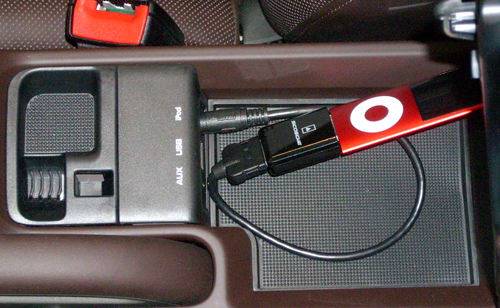First Drive: 2009 Porsche 911


You’d have to be a serious car geek to notice the styling changes on the latest Porsche 911 models — a clipped taillight here, a widened air dam there. The major changes are under the hoods — er, tails — of the 911 lineup, where Porsche shoehorned a pair of new direct-injection six-cylinder engines with more horsepower and better gas mileage than their predecessors.
The automaker invited journalists to Salt Lake City’s Miller Motorsports Park for a day of track time in the 345-hp Carrera and 385-hp Carrera S. Racing veteran Hurley Haywood sat shotgun and offered timely advice as we took to the corners, driving home the point that (shhh!) professional writers are not, in fact, professional drivers. We also logged several hours in a Carrera S on some of SLC’s freeways and mountain roads.
The early verdict: The 911 remains a stunning track performer that’s quicker than ever, and its improved cabin controls have many competitors beat. But in drawing the line as a serious enthusiast’s car, it continues to come up short in comfort and convenience – not drastically so, but enough that casual drivers who just want a weekend cruiser should know what they’re getting into.
The flat-six-cylinder engines — 3.6 liters in the Carrera, 3.8 in the Carrera S — belt out Porsche’s iconic guttural roar, and both pack gobs of power. The larger engine in the Carrera S comes into play on the track, where there’s better grunt to dig you out of a turn should you be stuck in too high a gear. On the street, though, the base model’s deficit feels less noticeable.
The 911’s longstanding five-speed Tiptronic automatic is replaced by a seven-speed double-clutch setup known as PDK. (It stands for Porsche-Doppelkupplungsgetriebe.) PDK is impressive: Left in Drive, it’s as smooth as most regular automatics, and with the optional Sport and Sport Plus modes, it can jump two or three gears with “what-just-happened?” efficiency. A firmly shifting six-speed manual is standard, though PDK-equipped cars are a bit quicker.

Porsche has updated its center controls with a larger touch-screen display and, finally, available USB and iPod integration. (“Even our cars need iPod connectivity,” one official said. “We have joined the real world.”) Ventilated seats also join the options list. The display is relatively intuitive and easier to use than the knob-based controllers in other German cars. Anyone who’s shopped a 911 knows the rest of the story: The current interior, with its abrupt shapes and afterthought conveniences, is no throne of luxury. The materials feel unexceptional compared to other $80,000 coupes. The seats have top-grade leather but stiff padding, and Porsche uses painted plastic trim where others have real metal. Likewise, ride quality along bumpy roads reminds you of the 911’s sporting intentions: Our test cars had Porsche’s adaptive suspension with regular tuning, but even with the system dialed to its most comfortable settings, bumps are plain as day. No doubt the optional sport-tuned suspension changes things for the rougher.
All-wheel-drive and Targa versions will also be available; the Turbo, GT2 and GT3 carry their drivetrains over but have the other enhancements for ‘09. Stay tuned for a full review.

Former Assistant Managing Editor-News Kelsey Mays likes quality, reliability, safety and practicality. But he also likes a fair price.
Featured stories




